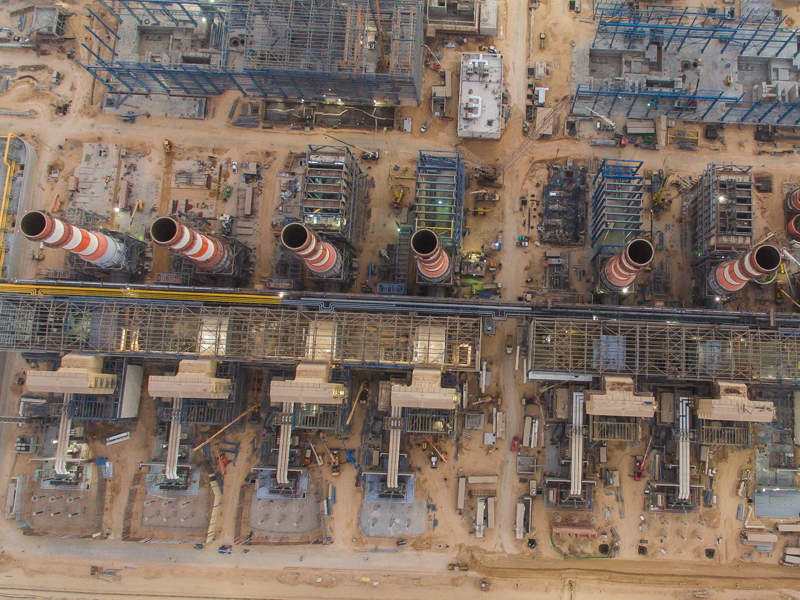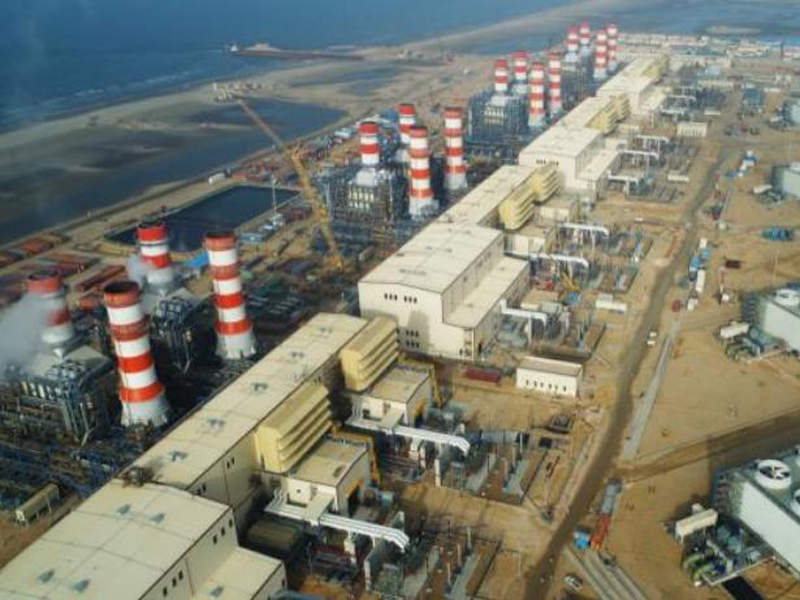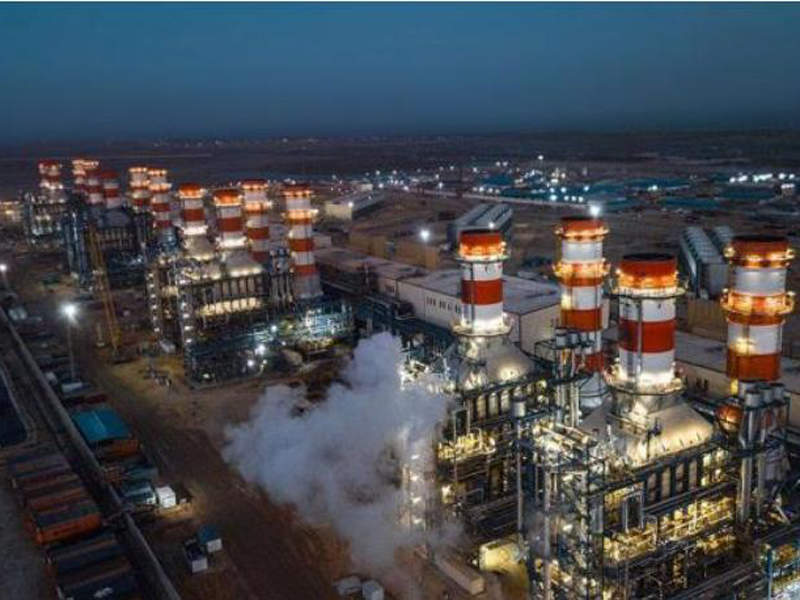El Burullus power plant is a 4.8GW natural gas-fired combined-cycle power plant (CCPP) located north of Kafresh-Sheikh Governorate, along the Mediterranean Sea shoreline in Egypt. Developed by the Egyptian Electricity Holding Company (EEHC), it is one of the world’s biggest gas-fired power plants.
The project is expected to increase Egypt’s power generation capacity and contribute to the country’s economic development.
The project is part of the Egyptian Government’s energy project named Egypt Megaproject, which includes the development of three 4.8GW natural gas-fired CCPPs and 12 windfarms under partnership with Siemens.
The other two CCPPs being developed as part of the megaproject include the Beni Suef and the New Capital CCPPs. The Egypt Megaproject delivers 14.4GW of power to approximately 40 million people in the country.
Construction of the El Burullus project began in October 2015. Phase one was inaugurated in March 2018 and completed in July 2018. The project is financed through loan agreements with a consortium of international and regional banks.
El Burullus power plant location
The new CCPP is located to the right side of the Coastal International Regional Highway, 30km west of Baltim city and 17.5km from the entrance of the El Burullus lagoon.
It covers an area of 1.05 million square metres on a site located in the Burullus protectorate along the Burullus Lake.
El Burullus power plant make-up
The El Burullus CCPP comprises four modules with each module consisting of two H-class gas turbines, two heat recovery steam generators (HRSGs) and a steam turbine.
The plant features eight Siemens SGT5-8000H high-efficiency gas turbine generators, eight Benson HRSGs, four SST-5000 steam turbine generators (STGs), and a total of four water-cooled condensers. The facility also includes four wet cooling towers, which operate using water from the Mediterranean Sea.
Natural gas is used as the primary fuel for power generation, while diesel oil (light fuel oil) is used as the emergency fuel. Natural gas is supplied to the plant through underground pipelines.
The power plant’s design complies with US regulations for earthquake – International Building Code (IBC 2003) for seismic zone 2A as the Burullus area is prone to small to medium earthquakes.
It also complies with the international code of the National Fire Protection Authority (NFPA) for fire protection.
Infrastructure at El Burullus power plant
The El Gamil-Damietta natural gas pipeline is one of the pipelines feeding natural gas to the El Burullus power plant. The oil refineries located close to the power plant supply the emergency diesel fuel by trucks. The oil is stored on-site in storage tanks with a capacity of 45,000m³.
The water required for the HRSGs and for other purposes is sourced from the Mediterranean Sea. It is pre-treated and demineralised before use. The discharge water from the plant is directed into the Mediterranean Sea.
A sewage treatment facility treats the sewage water and produces an effluent that is discharged into the irrigation system at the plant. The oil waste effluents are collected and transported by a separate network to an oil separator and are sold to a petroleum company.
Transmission details
The electricity generated by the CCPP is transmitted through a 500kV overhead transmission line (OHTL) network.
As part of the Egypt Megaproject, the OHTL transports the energy generated to six state-of-the-art 500kV / 220kV substations developed in the cities of El Minia, El Beheira, Qalubia, Assiut, and Kafr El-Zayat.
Substations feature gas-insulated switchgear (GIS), transformers, as well as control and protection equipment.
Contractors involved in El Burullus power plant
Siemens and Orascom Construction were awarded the engineering, procurement and construction (EPC) contract for the power plant. Siemens is also supplying the turbines for the natural gas power plant and is responsible for the design, engineering, supply and installation of the six substations.
El-Sewedy Electric T&D was awarded the contract to carry out the civil and electromechanical works, while MEC Mariout Engineering and Construction was responsible for the erection of the steel structure of one of the modules.
A consortium led by Romelectro was awarded a €30m ($34m) contract to install and operate a 1.2GW block of the power plant.
Acrow Integrated Construction Services was responsible for providing the design and supervision services to access the scaffolding of the power plant, while DB Schenker and Mammoet were contracted to provide logistics and transportation for various heavy components.
The other contractors involved in the project include Schoeggl Energy Solutions, and Mitsubishi Electric Hydronics & IT Cooling Systems.
Other contracters include Amiblu, Power Generation Engineering and Services Company, Weitz Company, SEAPRO Petroleum & Marine Services, NEM Power System, International Manufacturing Control, Quality Management and Expediting, in addition to International Construction Engineering Company.






